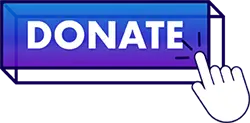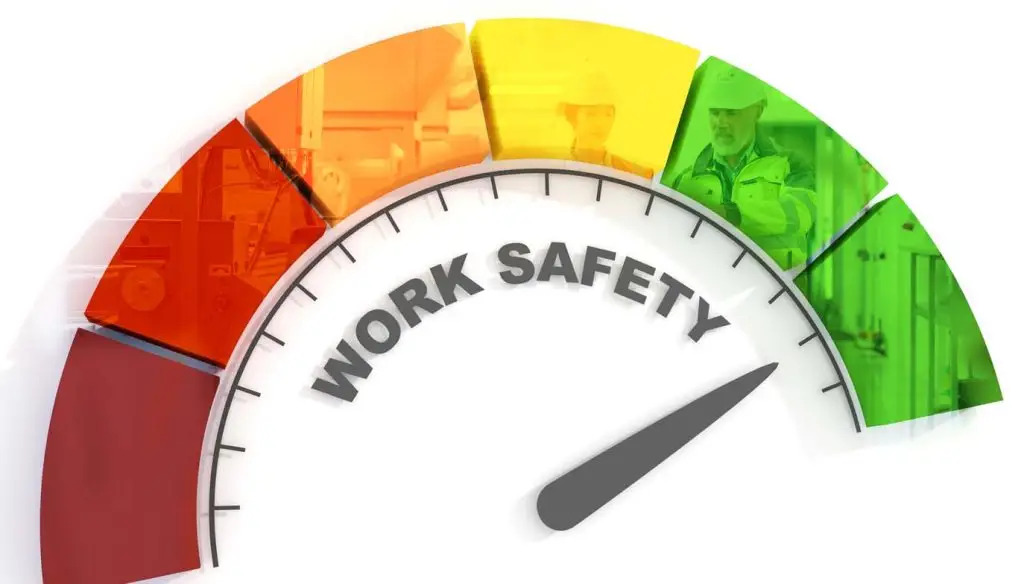The WEEL Committee
The OARS-WEEL Committee is composed of volunteer experts specializing in the scientific determination of occupational exposure levels. This committee actively seeks a balanced representation of professionals from toxicology and industrial hygiene, drawing upon a diverse range of experience from industry, government, academia, and consulting. Importantly, each member contributes to the Committee based on their individual expertise and not as an official representative of their respective employer, organization, or agency.



